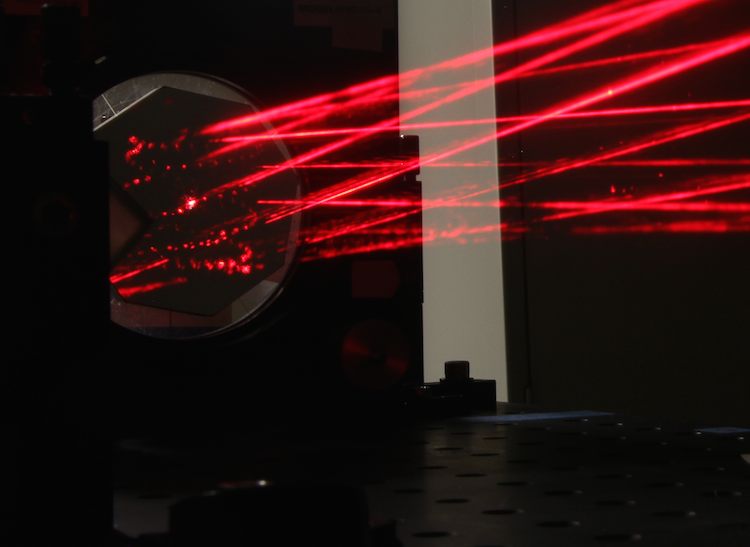SWERUS-C3 Atmospheric Methane Blog #1: Motivations and Science
| I’m participating in the first half of the SWERUS-C3 expedition this summer, across the Arctic Ocean from Tromsø, Norway, to Barrow, Alaska. I work at Stockholm University in the Department of Geological Sciences (IGV). So, to begin this blog, I’ll put science stuff first; the reasons that our little team is visiting the Arctic Ocean. Although many researchers working in SWERUS-C3 are making measurements and taking samples in the East Siberian Sea, our atmospheric measurements are continuous and real-time; our instruments have been operating for several days now. They analyze the air immediately on the ship. (This is why I am late starting this blog: the first week of the expedition were critical for testing and ensuring that our equipment is operating as expected, and they were very busy days.) During SWERUS-C3, my research team is measuring methane in the atmosphere. Much of the motivation for leg 1 of SWERUS-C3 (as you can read in the general info about SWERUS-C3) centers around the potential emission of methane from the ocean and undersea sediments in the continental shelf areas north of Siberia to the atmosphere. Methane might be released from geologic formations beneath the waves, or from long buried and/or frozen, now thawing and degrading organic material in the sediment or seawater. No matter the source of this methane, for it to get to the atmosphere, it must pass a formidable barrier: the ocean! It’s been known for some time that methane, produced in sediments in just about every lake on the planet, does not necessarily reach the surface and enter the atmosphere. Small bubbles may simply dissolve into the water itself. Once in the water, methane requires some agitation to get out, or close contact with the atmosphere. This doesn’t always happen before the methane is oxidized, and changed into something else (often carbon dioxide). Of course, we want to know how much carbon dioxide is being released from the oceans. But methane is of special interest because on short, century-like timescales, methane is a more powerful greenhouse gas, and many scientists suspect that changes in atmospheric methane have been behind many dramatic climate shifts in Earth’s history. No matter how much methane is in the Arctic Ocean, if it doesn’t get to the atmosphere before it oxidizes, it is not having an effect on the climate as a greenhouse gas. Our measurements, combined with other extensive measurements being made during SWERUS-C3 (including methane and its “varieties” dissolved in water) will help to answer this question of how much methane is transferring from the Arctic Ocean to the atmosphere. We (myself and Patrick Crill) are measuring methane in the atmosphere during SWERUS-C3; we will measure concentrations, as well as several “varieties” of methane—where the carbon or hydrogen atoms in methane are substituted by their less common isotopes. Our working group also includes Célia Sapart, from Utrecht University in the Netherlands, is taking atmospheric samples for later analysis of radiocarbon in methane. Our Russian coworker is Igor Semiletov. Here on the icebreaker Oden, we measure methane in the atmosphere using three laser spectrometers, which I’ll write more about later. All three spectrometers have chambers which sample air is pumped through, and a laser is shone through the chamber. The absorbance of laser light by methane in the sample chambers is what tell us how much methane is in the air. There are two photos here, one of a laser mirror—you can see through it, but it is actually reflective at the wavelength (color) of the laser we’re using. The other photo shows part of the laser beam pattern inside another laser chamber. The laser beams bounce back and forth many times inside the chamber, so they have a greater chance of striking methane in air being sampled. But more about how things work later! Next time, how we put some things together here… |
|
|
| by Brett Thornton |















